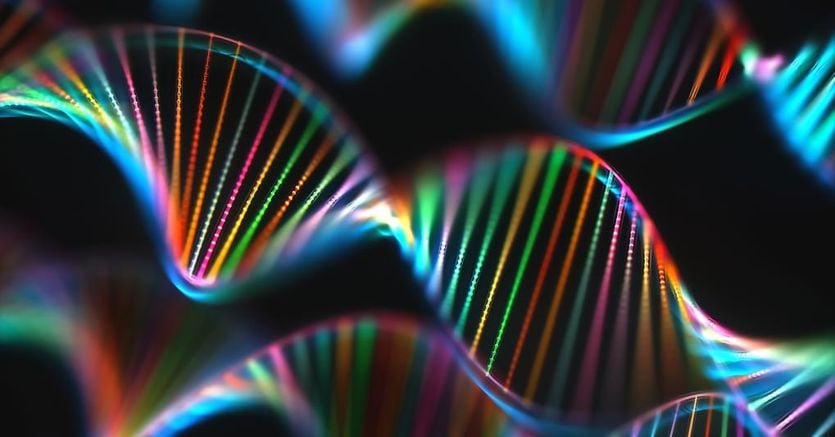An international team of scientists, including the research group coordinated by Mario Ventura, of the Biology department of the University of Bari, has published the first complete and gap-free sequence of the human genome in Science.
The new reference genome adds hundreds of millions of base pairs to previous “drafts,” thus filling crucial gaps that will improve studies of disease and evolution.
The Human Genome Project has been running for decades. Its first draft is from 2000 followed by a more “complete” version in 2003. But this only included the euchromatic regions, which comprised about 92% of the total genome. The other regions, known as heterochromats, reside in the tips (telomeres) and centers (centromeres) of the chromosomes which at the time were thought to be too difficult and expensive to sequence.
Now, with another two decades of work and technological advancements, the entire human genome of approximately 3 billion bases has finally been sequenced without gaps by the international team of scientists known as the Telomere-to-Telomere (T2T) Consortium. The new reference genome was designated T2T-CHM13, adding nearly 200 million base pairs of previously unknown DNA sequences. Of these, there are 99 genes that appear to code for proteins and about 2,000 candidate genes that will need to be examined more closely. Furthermore, the “new” genome also corrects thousands of structural errors present in previous versions.
“Having the sequence of a complete and error-free human genome is essential to understand the entire spectrum of human genomic variability (i.e. how human DNA differs from person to person) and to accurately identify all the mutations underlying genetic diseases , even those that until yesterday were located in regions of our genome whose sequence was incomplete – explains the University of Bari in a note – These elements are essential to understand the genetic contributions to certain diseases and to use the genome sequence as routine part of clinical care. Before long, we will be able to have the sequence of our genome in our medical record and use this information in clinical practice: from the diagnosis of a disease to the use of personalized drugs, up to the possibility of predicting the evolution of the clinical picture “.
